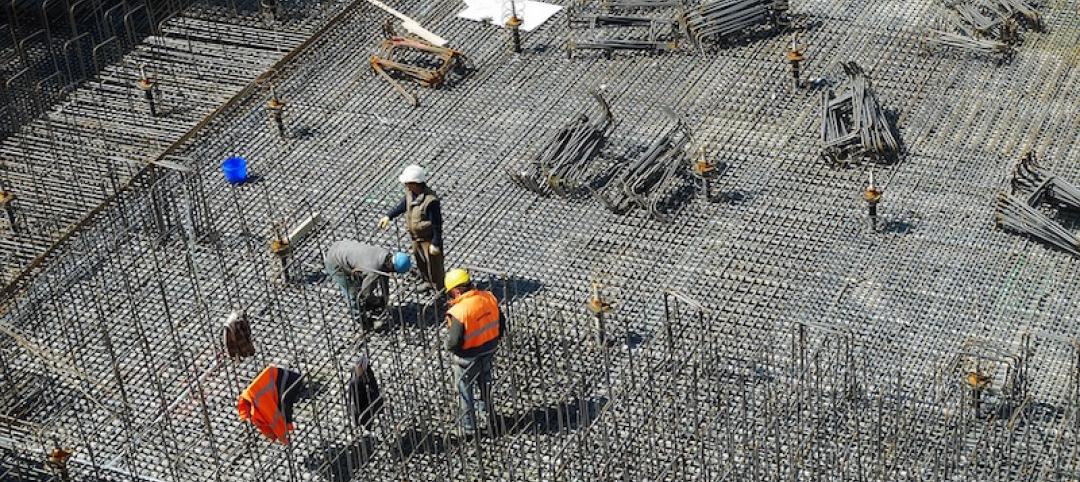The Design-Build Institute of America (DBIA) has released what it claims to be the first and only full set of warranty bonds, proposal bonds, and payment and performance bonds that are specifically crafted for design-build projects.
A task force within the Washington-based DBIA, chaired by G. William Quatman, the general counsel for Burns and McDonnell, worked over the past year on forms that are tailored to this sector. The coauthors of the forms include designers and builders. The National Association of Surety Bond Producers and the Surety & Fidelity Association of America have endorsed the documents.
The new family of bond forms includes a Proposal Bond (610), a Warranty Bond (615), and three sets of Payment and Performance Bonds for Design-Builders (620 and 625), Contractors (640 and 645), and Subcontractors (630 and 635).
“Mirroring the design-build philosophy, DBIA’s family of contract documents is reflective of our diverse membership base representing the needs of both public and private owners, general and specialty contractors, architects, consultants, and engineers,” says Lisa Washington, the Institute’s Executive Director and CEO. “They are written to guide success for the entire project team – owners and practitioners alike.”
A spokesperson for the Institute, Geoff Corey, tells BD+C that his organization focuses primarily on nonresidential activities. “So these forms would be of real interest to [AEC] firms doing design-build commercial or government projects.”
He also points out that many AEC firms that don’t specialize in design-build enter these projects through joint ventures and LLCs, or are hired subcontractors. “They would probably be interested in using these model forms since they’ve been created for design-build projects,” says Corey.
DBIA states that the advantage of these documents is that they offer one solicitation, one award, and one contract to administer. The documents are also adaptable to a project team’s characteristics.
The bond forms, as well as other contract and consent forms are available on DBIA’s website.
Related Stories
Sponsored | Building Team | Dec 12, 2017
3 tips to address the top causes of budget overruns
The most cited issues are communication breakdowns, inadequate fees for the work provided, and unrealistic deadlines or schedules.
Building Team | Nov 14, 2017
12 differences between average and high-growth firms
We’ve developed a pretty good understanding of what high-growth firms do differently from their average-growth peers.
Sponsored | Building Team | Nov 3, 2017
4 strategies for marketing your AEC firm
Having a clearly defined competitive brand and a fine-tuned marketing approach can give your firm a significant competitive advantage.
Sponsored | Building Team | Sep 21, 2017
The 11 project performance metrics that keep you on track
Projects are the backbone of the way you do business. Isn’t it time that you step up their analysis?
Architects | Aug 16, 2017
Staffelbach joins DLR Group
The firm will be merging operations immediately with full integration and the name change to DLR Group| Staffelbach effective October 2.
Multifamily Housing | Aug 14, 2017
Co-living: The next real estate disruptor or niche market?
From a practicality standpoint, co-living makes complete sense for young, single, and highly mobile working professionals.
Building Team | Jul 25, 2017
Managing workplace change: The three C's to building trust
Building trust takes time and consistency, and is typically much easier to break than build.
Giants 400 | Jul 12, 2017
Innovation abounds, but will it lead to growth for AEC Giants?
Engineering firms such as Arup, Glumac, and Thornton Tomasetti are leveraging their in-house expertise to develop products and tools for their design teams, clients, and even the competition.
Building Team | Jun 27, 2017
Bruner Foundation announces 2017 Rudy Bruner Award for Urban Excellence gold and silver medalists
The SteelStacks Arts and Cultural Campus in Bethlehem, Pa., receives the gold medal and $50,000.
Urban Planning | Jun 26, 2017
Convenience and community lead the suburban shift
As the demand for well-connected urban locales increases, so too has the cost of property and monthly rent; and as suburbs typically offer a bargain on both, more people are looking for a compromise.

















